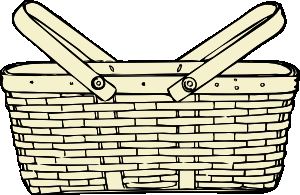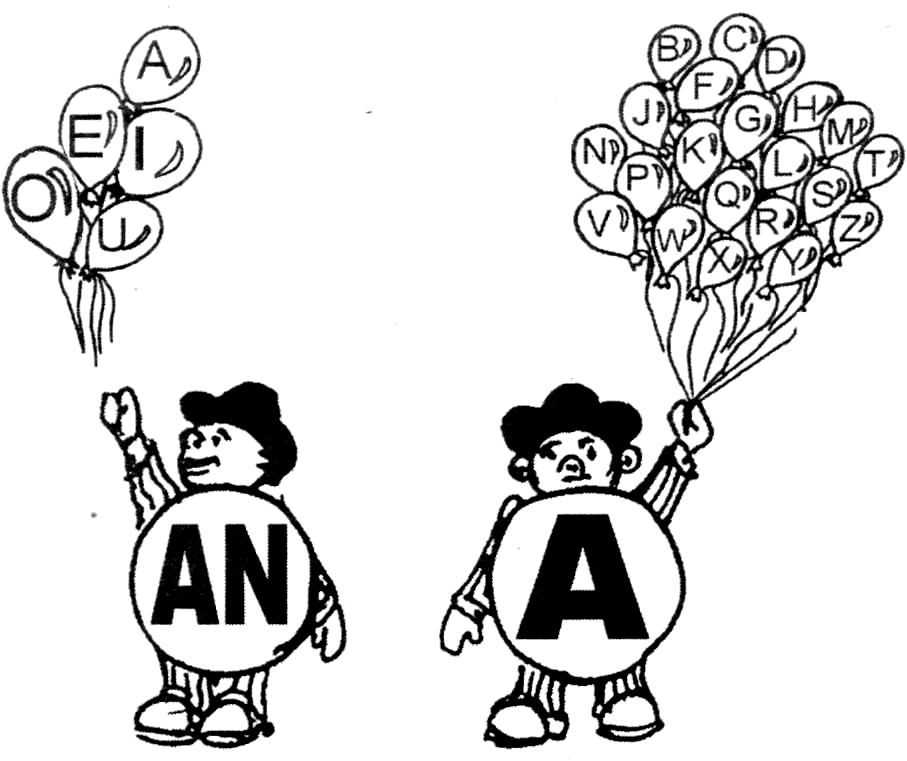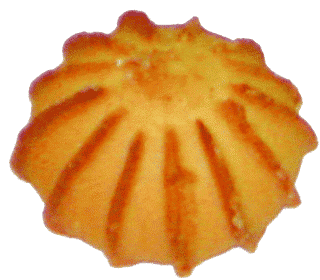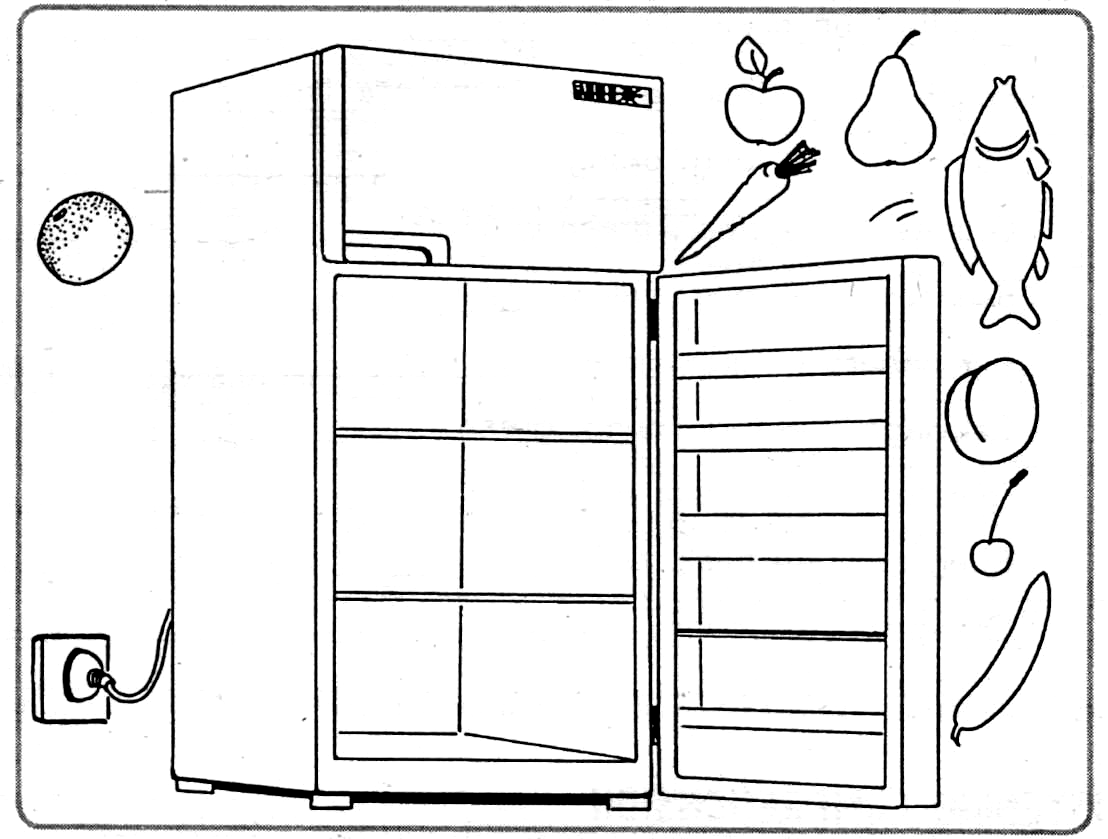Конспект открытого урока по английскому языку в 3 классе по теме "FOOD".Тема урока: Еда.
Подтема урока: Исчисляемые и неисчисляемые существительные.
Учебная цель: активизировать и усовершенствовать употребление лексики по теме «Еда»(фрукты, овощи, еда, напитки) в разных видах деятельности: чтение, говорение, аудирование, письмо ; закрепление знаний о правилах употребления артиклей «a», «an», конструкций «How much.?/How many.?», «There is./Т?еге аге.»,«some» и их применение на практике.
Развивающая цель: развивать у учащихся способность применять полученные знания в новых видах деятельности, совершенствовать качество слухового восприятия, развивать фонематический и интонационный слух учащихся, способность к имитации; совершенствовать работу памяти: увеличивать объем долговременной памяти (лексический запас ученика), слуховой кратковременной памяти, оперативной памяти (выбор языковых средств), зрительной памяти; развивать речевую реакцию, готовность к участию в общении; формировать культуру чтения, письма, устной речи, умения работать в парах, группах и командно.
Воспитательная цель:воспитывать понимание важности овладения английским языком и потребности пользоваться им как средством общения; прививать чувство уважения к народу-носителю английского языка и британской национальной культуры; воспитывать культуру общения, принятую в современном цивилизованном мире.
Создайте Ваш сайт учителя Видеоуроки Олимпиады Вебинары для учителей
Конспект открытого урока по английскому языку для 3 класса
Вы уже знаете о суперспособностях современного учителя?
Тратить минимум сил на подготовку и проведение уроков.
Быстро и объективно проверять знания учащихся.
Сделать изучение нового материала максимально понятным.
Избавить себя от подбора заданий и их проверки после уроков.
Наладить дисциплину на своих уроках.
Получить возможность работать творчески.
Просмотр содержимого документа
«Конспект открытого урока по английскому языку для 3 класса »
Похожие файлы
Полезное для учителя
Распродажа видеоуроков!
1690 руб.
2820 руб.
1660 руб.
2770 руб.
1510 руб.
2510 руб.
1600 руб.
2660 руб.
ПОЛУЧИТЕ СВИДЕТЕЛЬСТВО МГНОВЕННО
* Свидетельство о публикации выдается БЕСПЛАТНО, СРАЗУ же после добавления Вами Вашей работы на сайт
Удобный поиск материалов для учителей
Проверка свидетельства





 . . . . biscuit
. . . . biscuit



















